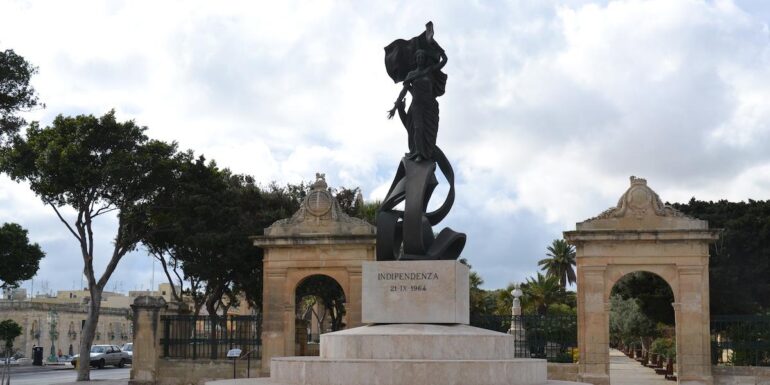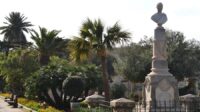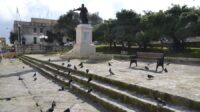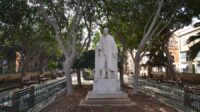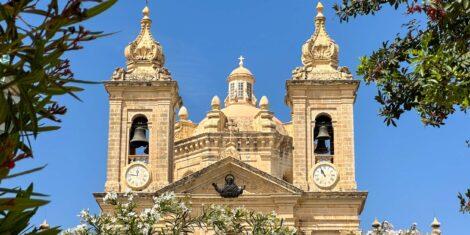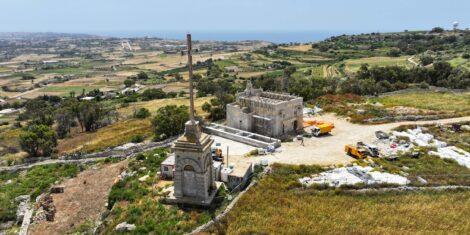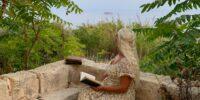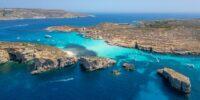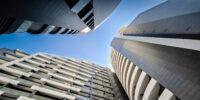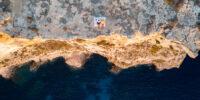The Maltese islands are stacked with mementos of history at every corner. So much so that walking in a place like Valletta, Rabat or the Three Cities is like going through a time journey through the ages. There are many Monuments in Malta commemorating an event that had a considerable impact on the country. Today they serve as a visual retelling of the happenings that shaped Malta through time.
Victoria Gate (Valletta)
The Victoria Gate was designed by Maltese architect Emanuele Luigi Galizia and built to replace the older Del Monte Gate. It still stands today as this beautiful, often overlooked entry to the city. As a kid I never really noticed this beautiful gate. But after a few summers attending the Malta Jazz Festival at Ta’ Liesse and having to go through the gate to get there, it became one of my favorite spots in the city. The gate was naturally named after Queen Victoria.
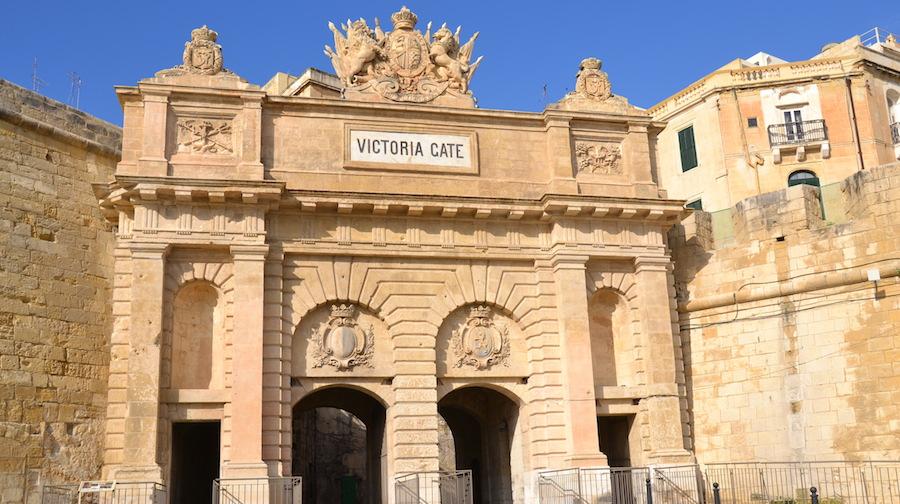
Great Siege Monument (Valletta)
There are many monuments in Malta dedicated to the Great Seige. Perhaps one of the most known works of local renowned sculptor Antonio Sciortino, the Great Siege Monument stands firmly across the local courts. The three figures depicted by Sciortino represent Faith, Fortitude and Civilisation. In recent years the monument has also become a memorial to journalist Daphne Caruana Galizia.
St. Paul Statue (St. Paul’s Island)
St. Paul’s Island has some breathtaking views of the two islands of the archipelago. On it there is a statue of St. Paul dating back to 1845. It’s located in the spot where it is believed St. Paul was originally shipwrecked. Of course this tale is not only a tale mentioned in the Bible. It is the belief of many locals that this was the introduction of Christianity in the country.

Les Gavroches (Valletta)
This sculpture was also created by Another Sciortino and is also located in Valletta. Les Gavroches is a beautiful work of art that was eventually taken by the Malta Society of Arts. Later, it was given to the government and placed in the Upper Barrakka Gardens.
It’s worth noting that the original statue is actually in MUŻA (National Museum of Fine Arts) to prevent unnecessary degradation. But, there is still a replica in the Upper Barrakka.
Sette Giugno Monument (Valletta)
The 7th of June marks an important event in Maltese history. In 1919, following a series of uprisings in the Maltese population, British soldiers opened fire on the crowd. Four individuals were killed. This event naturally forever changed Maltese-British relations. It was perhaps one of the very reasons that led to the self-government constitution in 1921, and eventually Independence. The statue was done by a renowned Maltese artist of the later half of the 20th century, Anton Agius.
Independence Monument (Floriana)
In addition to the sculptors of this list, we have another sculpture by another local great; Ganni Bonnici. One of the artist’s greatest works, the Independence monument was inaugurated in 1989. It commemorates the 21st of September 1964 when Malta finally got its independence from the British Empire.
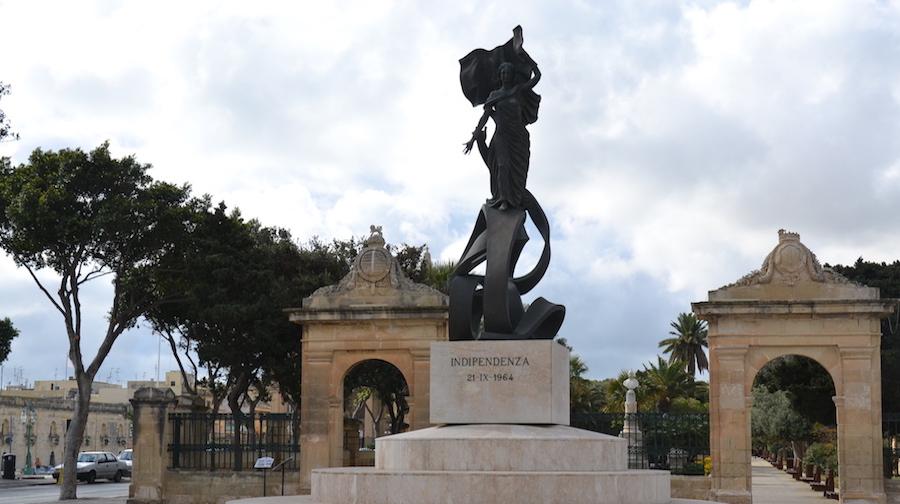
Workers Monument (Msida)
The remaining two monuments are also by Anton Agius. Located in one of the busiest traffic junctions on the island, the Worker’s Memorial in Msida is a symbol of Malta’s successful struggle and revival after the plight of the second world war.
The monument is probably one of my own personal favorites simply because of its beautiful design. It features a Maltese family in bronze standing on a stone-carved platform made up of several figures working away with blood, toil, tears and sweat. It is no wonder that Agius is to this day called the ‘National Sculptor’.
Freedom Monument (Birgu)
To finish this list, and another of Aguis’ works, is the Freedom Monument in Birgu. It’s one of the more famous monuments in Malta. This sculpture’s location, design and placement comes together to commemorate a grand moment in Maltese history that took place after Independence. This event was Freedom Day. On this day the last British ships were seen leaving the Maltese port and for the first time in two millennia the Maltese were finally free to govern their own country.
